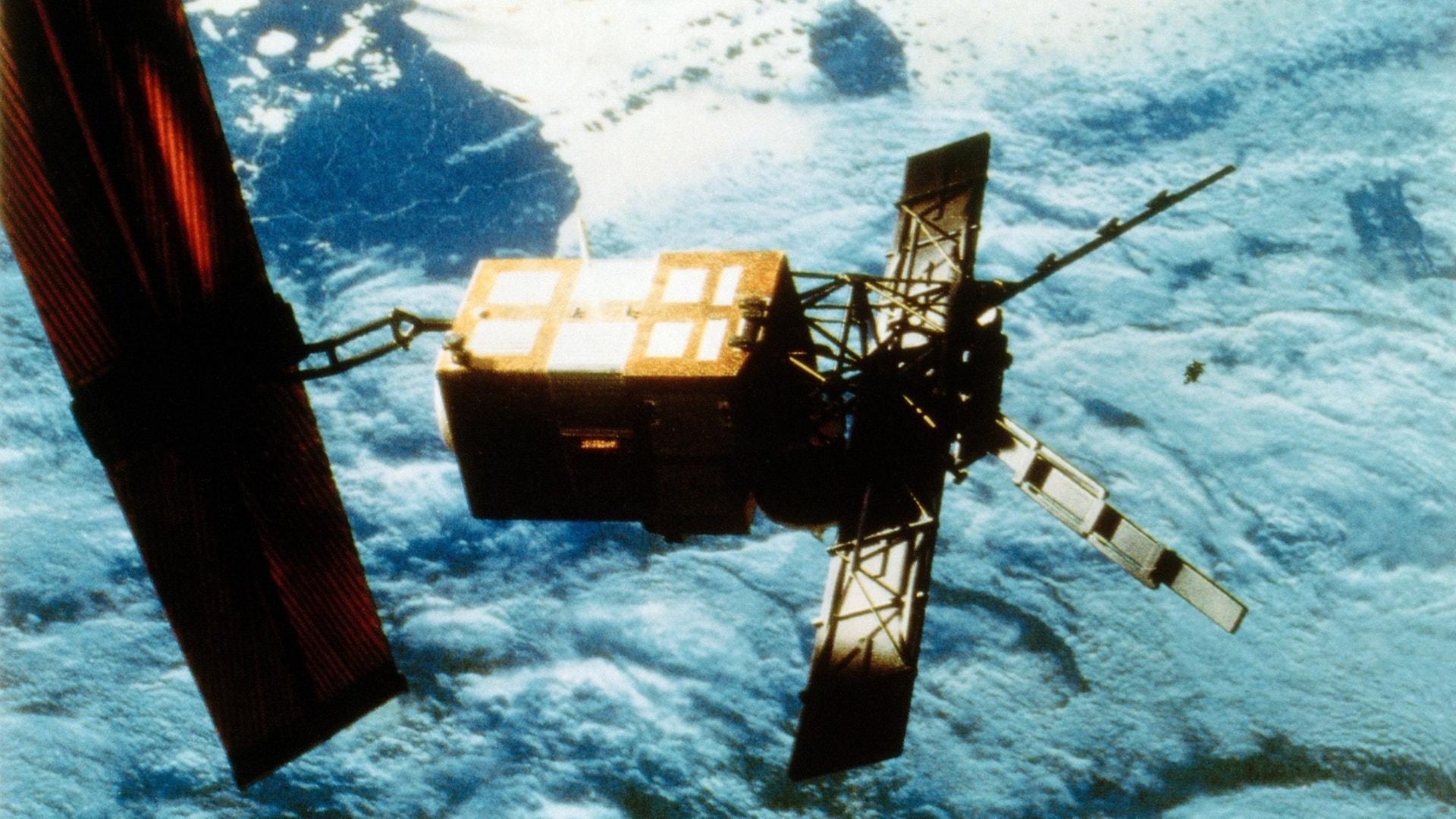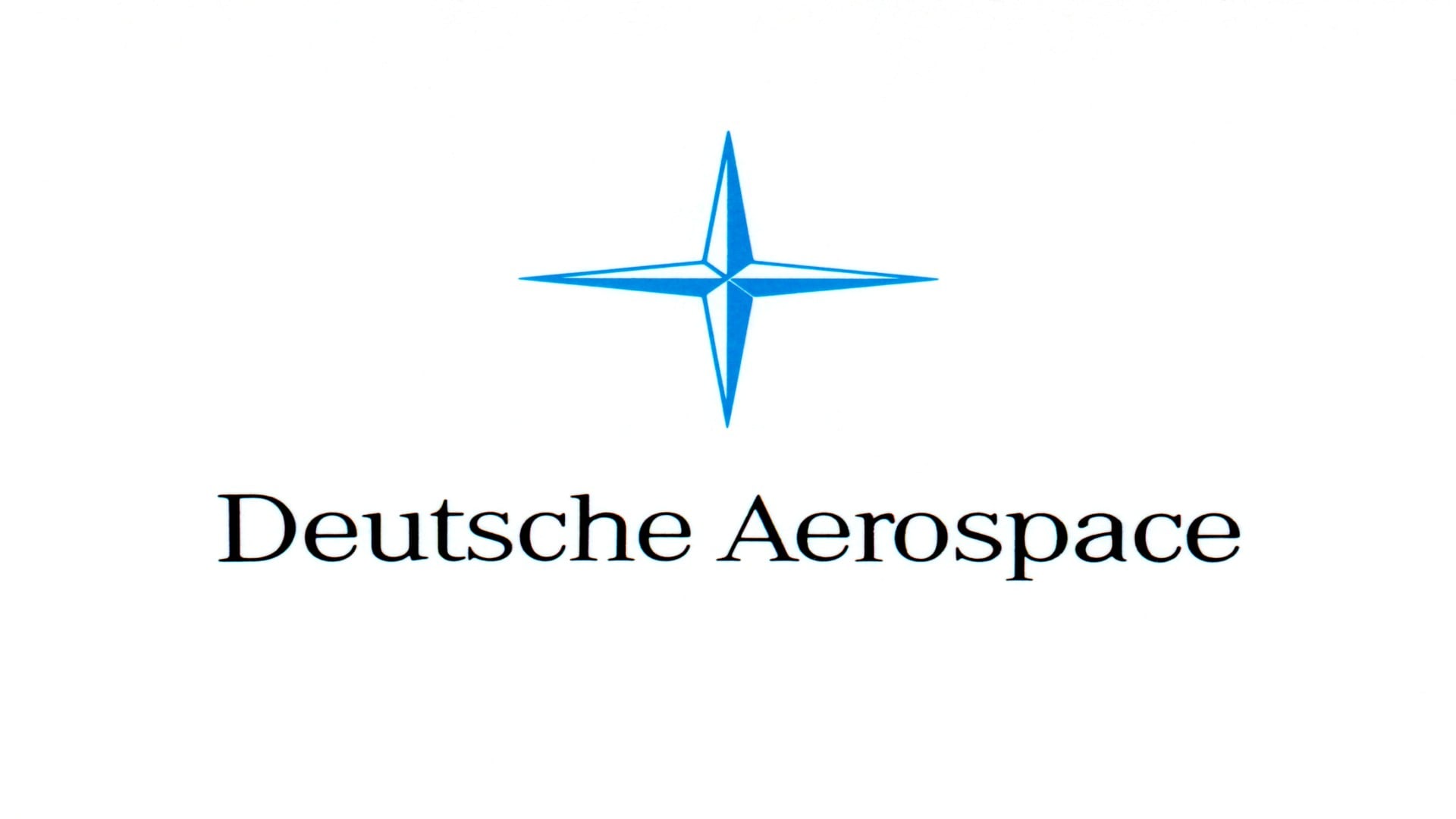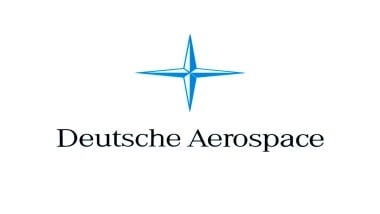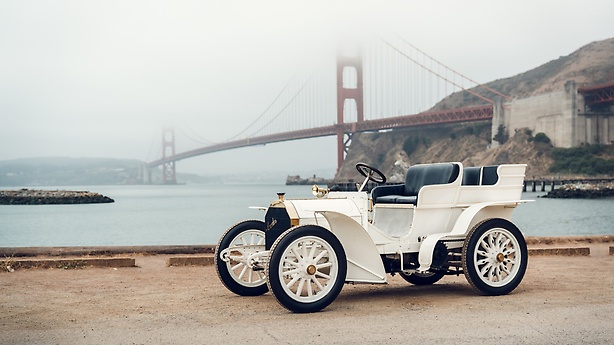On the initiative of the then Chief Financial Officer and later Chairman of the Board of Management Edzard Reuter, the company was to be made more independent of cyclical fluctuations in the motor-vehicle sector by enlarging the corporate portfolio. Access to key technologies and growth sectors like electronics, aviation and services was seen as a precondition for safeguarding the company's earning power in the long term.
Through the many-sided use of various technologies, future-proof, expandable core competencies were to be acquired and synergy effects achieved. MAN’s 50% share in MTU München, the majority share in the Dornier group (1985) along with AEG (1985) and MBB (1989) were taken over against this backdrop. These acquisitions called for restructuring the integrated technology group.
Within the framework of Daimler Benz AG’s new corporate structure, Mercedes-Benz AG was established on 29 June 1989. Prof. Werner Niefer became Chairman of the Board of Management. As of July 1989 Daimler-Benz AG thus operated as a managing holding company under whose roof the corporate units AEG AG, Mercedes-Benz AG and Deutsche Aerospace (DASA) were gathered. In 1990 they were joined by a fourth corporate unit, Daimler-Benz InterServices AG (debis). In 1993 Daimler-Benz AG was listed on the New York Stock Exchange (NYSE).
,xPosition=0,yPosition=0.5)




,xPosition=0.5,yPosition=0)
,xPosition=0.5,yPosition=0)
,xPosition=0.5,yPosition=0)